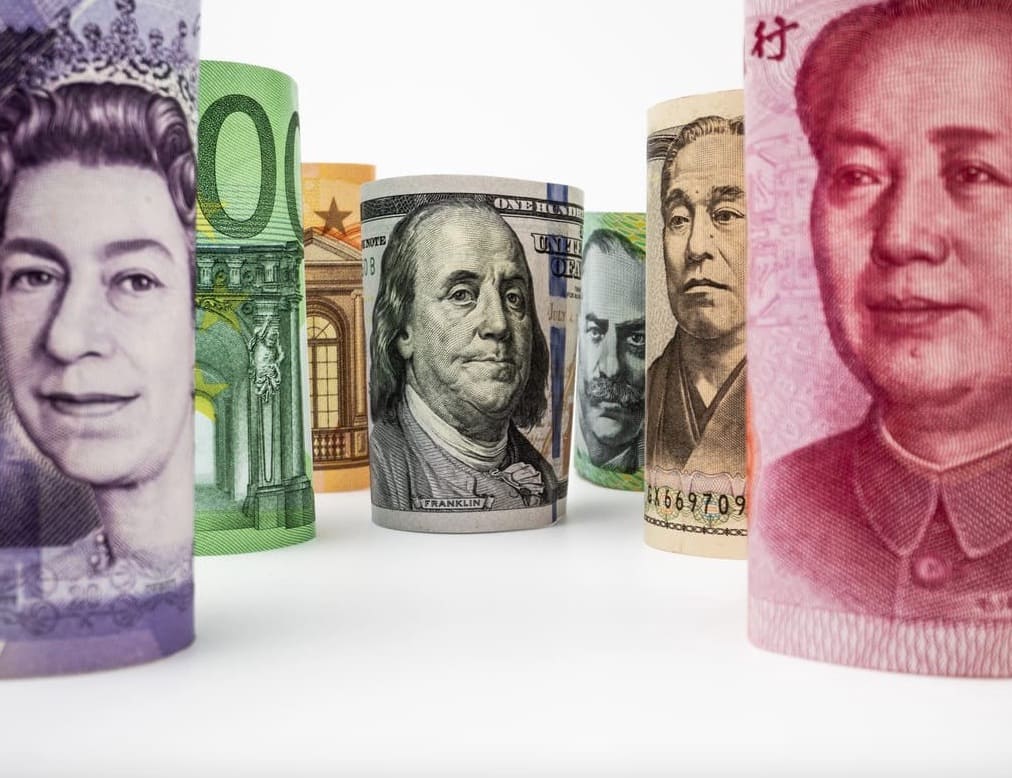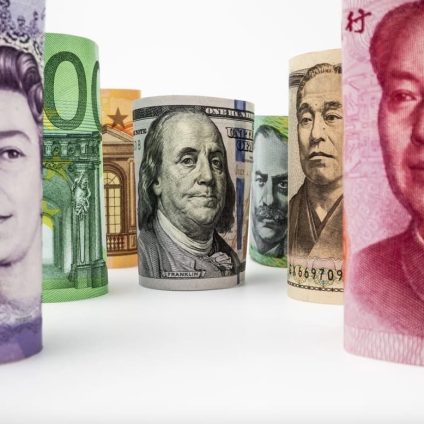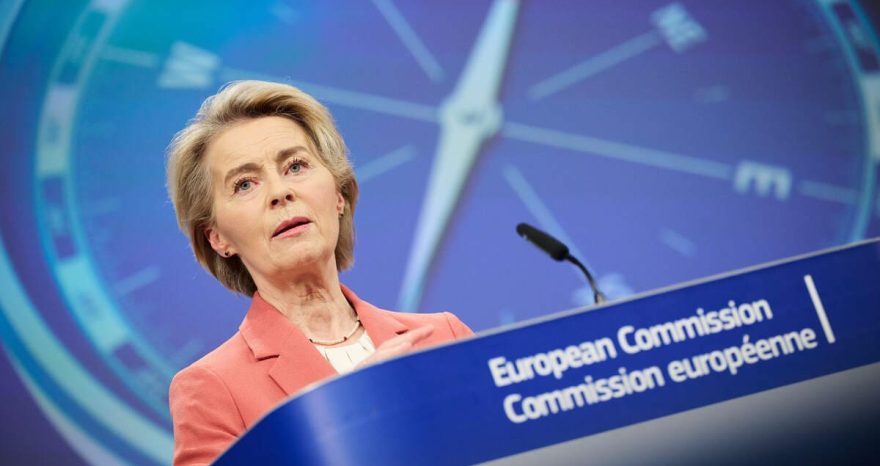At COP29, industrialized nations pledged $300 billion annually for climate aid by 2035, setting a $1.3 trillion global finance target. A critical step toward addressing the climate crisis

COP29 Agrees on $300 Billion in Annual Climate Aid
The 29th United Nations Climate Change Conference (COP29) in Baku will be etched in history for one monumental figure: $300 billion. This is the annual commitment that industrialized countries have agreed to provide as climate aid to developing nations, starting in 2035. Moreover, COP29 introduced an even larger target—a collective $1.3 trillion in climate financing annually from various sources, including developing countries and private investments.
While this financial milestone is significant, the Baku summit also became one of the most contentious COPs in recent history. Limited progress on crucial topics like energy transition and emissions reduction left many nations dissatisfied. The plenary’s final agreements, far from unanimous, underscore the lingering divisions among participants.
The Struggles Behind the $300 Billion Agreement
The arduous negotiations at COP29 largely revolved around the New Collective Quantified Goal (NCQG), the post-2025 climate finance target. The primary point of contention? The “quantum” or the exact annual financial commitment.
Developing countries initially demanded $1–1.3 trillion annually, sourced entirely from public funds and delivered as grants or concessional terms—not as loans. In contrast, industrialized nations delayed revealing their offer until the final negotiation day, proposing a mere $250 billion annually. After intense debate, this was revised to $300 billion—a figure still far from the expectations of vulnerable nations and emerging economies.
Summary of COP29 Climate Finance Outcomes
The table below provides a concise summary of the climate aid agreement reached at COP29 in Baku (PDF). It outlines the key issues addressed during negotiations, highlights the main positions of national delegations—often divided between the Global North and South—and presents the final agreement’s outcomes.
| Negotiation Topic | Description | Opposing Positions | Agreement Outcome |
|---|---|---|---|
| New Annual Target (NCQG) | A new goal for public and private financing to developing countries, critical for supporting mitigation and adaptation efforts. | Developed Countries: Advocate for a “realistic” but non-binding target. Developing Countries: Demand at least $1–1.3 trillion annually, deeming anything less insufficient. | Target set at $300 billion annually, adopted as a compromise but seen as inadequate by vulnerable nations. |
| Global $1.3 Trillion Goal | Introduced alongside the $300 billion target, a broader annual financing objective to mobilize funds globally by 2035. | Developed Countries: Rely on private investments to reduce public budget strain. Vulnerable Nations: Seek guarantees for equitable access without unfavorable terms like loans or debt. | Adopted as an overarching goal, but operational details remain undefined. The “Baku to Belem” roadmap was launched to explore solutions. |
| Contributions from High-Emission Developing Countries | Debate over including nations like China and Gulf States as donors due to their economic capacity and emissions levels. | Developed Countries: Call for mandatory contributions from major emerging economies. Developing Countries: Defend their historical “recipient” status under UNFCCC. | Contributions from emerging economies remain voluntary, but for the first time, developed nations are not solely responsible for climate finance. |
| Increase in Adaptation Funds | Need to bolster funding for specific adaptation programs for vulnerable countries, such as the Adaptation Fund. | Vulnerable Nations: Demand an immediate tripling of flows. Developed Countries: Agree to increases but propose gradual timelines without fixed quotas. | Commitment to triple funding by 2030 relative to 2022 levels, without specific percentages or thresholds. |
| Access to Funding | Concerns over rigid criteria limiting developing countries’ access to climate aid. | Vulnerable Nations: Request simplified procedures and fewer conditions. Developed Countries: Advocate for stringent controls to avoid misuse. | Promise of “simplification” made, but no immediate operational measures outlined. |
| Fixed Allocation for Vulnerable Countries | Proposal to establish minimum funding thresholds for Least Developed Countries (LDCs) and Small Island Developing States (AOSIS). | Vulnerable Nations: Push for thresholds to ensure equitable access. Developed Countries: Oppose fixed obligations, citing the need for flexibility. | Proposal deferred to future discussions; commitment only to “explore options.” |
| Debt and Financial Sustainability | Risk of increasing debt for developing nations as most financing takes the form of loans rather than grants. | Vulnerable Nations: Prioritize grants over loans. Developed Countries: Favor mixed instruments and concessional loans. | No specific grant targets; a promise to avoid debt burdens without concrete details. |
| Private Sector Involvement | Need to mobilize private resources to meet the $1.3 trillion annual target. | Developed Countries: Emphasize the private sector as a key driver. Developing Countries: Fear benefits may not reach the most vulnerable equitably. | Private sector’s central role confirmed, but no details on rules ensuring equitable distribution. |
| Definition of Climate Finance | Lack of a shared definition of “climate finance” complicates monitoring and transparency. | Vulnerable Nations: Demand clarity and common standards. Developed Countries: Resist rigid definitions that could limit flexibility. | No official definition included in the final text. |
| Balance Between Adaptation and Mitigation | Vulnerable countries seek equitable funding distribution between mitigation and adaptation, often skewed toward mitigation. | Developed Countries: Prefer flexible allocations with a focus on mitigation. Vulnerable Nations: Push for fixed quotas for adaptation due to urgent impacts. | No fixed quotas; reaffirmed generic commitment to increase adaptation funding. |
| Transparency in Contributions | Need for clear mechanisms to monitor progress on promised and mobilized contributions from developed countries. | Vulnerable Nations: Call for transparency and binding accountability. Developed Countries: Prefer flexible approaches and voluntary reporting. | Commitment to monitor progress via the “Baku to Belem” roadmap, without binding obligations. |
Compromise in Numbers: The Dual Climate Finance Targets
To bridge the gap, COP29 adopted a two-tiered approach:
- $300 Billion Annually by 2035:
- To be sourced from public and private channels, both bilateral and multilateral, including alternative funding mechanisms.
- No specific allocation for vulnerable groups like Least Developed Countries (LDCs) or the Alliance of Small Island States (AOSIS).
- No mandatory stipulations on grant versus loan distribution.
- $1.3 Trillion Annually by 2035:
- To include investments mobilized from the private sector, creating favorable conditions for businesses to contribute.
- Again, no restrictions on funding forms, geographic allocation, or destination scope.
Notably, both targets allow contributions from developing countries, albeit on a voluntary basis, creating an ambiguous precedent for future agreements.
Who Pays? The Evolving Landscape of Climate Finance
Since the inception of the UN Framework Convention on Climate Change (UNFCCC), only industrialized countries have been mandated to provide climate aid. Developing nations, while encouraged to contribute voluntarily, have not been obligated. However, COP29 marks a potential shift.
Under Article 8 of the agreement, industrialized nations are tasked to “take the lead” but not bear sole responsibility for the $300 billion target. This subtle change opens the door for wealthier developing nations, like China, to contribute without formal obligations. During the summit, China acknowledged its role by emphasizing its existing initiatives, such as the Belt and Road Initiative, as a form of climate financing.
Innovative Channels for Climate Financing
Achieving the NCQG targets will require mobilizing resources from multiple sources. These include:
- Public Funding from Industrialized Nations: The cornerstone of climate aid, increasing from $100 billion to $300 billion annually by 2035.
- Multilateral Development Banks: Institutions like the World Bank could triple their climate financing to $480 billion annually by 2030.
- Voluntary Contributions from Emerging Economies: Nations like China, South Korea, and Saudi Arabia are already engaging in South-South climate aid.
- Innovative Financial Mechanisms: Proposals such as taxes on aviation, large emitters, and high-net-worth assets could generate over $720 billion annually by 2030.
- Private Sector Investments: With supportive policies, private entities could contribute up to $650 billion annually by 2035.
From Baku to Belem: The Road Ahead
To ensure the ambitious targets are met, COP29 established a roadmap, the “Baku to Belem Dialogue,” which will continue until COP30 in Brazil next year. Key objectives include increasing climate aid for low-emission, climate-resilient development and identifying diverse funding mechanisms like grants and debt-free solutions.
The first review of the NCQG implementation is scheduled for 2030, providing a critical checkpoint for global climate finance progress.












